 |
 |
 |
| |
FATTY LIVER DISEASE: A GROWING CONCERN
|
| |
| |
Reported by Jules Levin
CROI 2017 Feb 14-16 Seattle WA
WEBCAST: http://www.croiwebcasts.org/console/player/33551?mediaType=slideVideo&
Rohit Loomba
Univ of California San Diego, La Jolla, CA
" 3D MRE better than biopsy for diagnosis"..."fibrosis rate is faster in HIV-associated steohepatitis among HIV+ vs HIV-negatives"
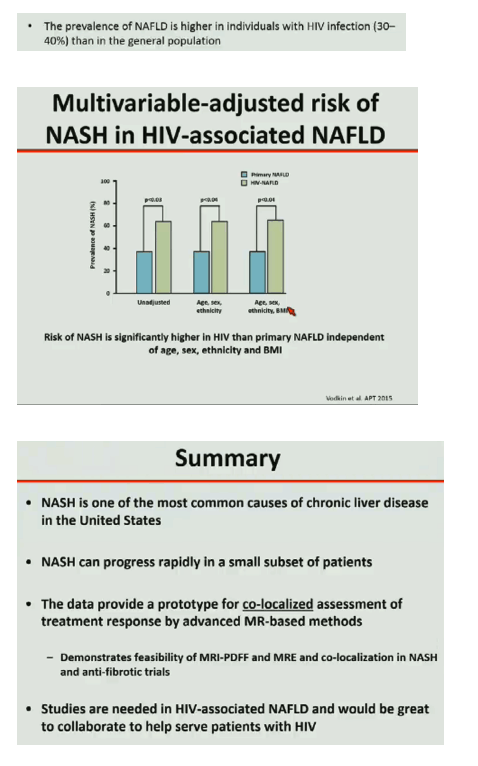
Abstract Body:
Nonalcoholic fatty liver disease (NAFLD) is the leading cause of the chronic liver disease in the Western World. NAFLD is commonly associated with obesity and metabolic syndrome. It can be broadly sub-classified into two forms: nonalcoholic fatty liver (NAFL), the non-progressive form of NAFLD, and nonalcoholic steatohepatitis (NASH), the progressive form of NAFLD. NASH can lead to progressive fibrosis, cirrhosis and hepatocellular carcinoma. NAFLD associated with metabolic syndrome and obesity is commonly classified as primary NAFLD. NASH is typically associated with presence of steatosis in zone 3, lobular inflammation and ballooning with or without peri-sinusoidal fibrosis among individuals who consume little or no alcohol and do not have any other secondary cause of NAFLD such as hepatitis C infection, medications, lipodystrophy. Human immunodeficiency virus (HIV) infection is also been linked as a cause for secondary NAFLD due to multiple factors including increasing prevalence of metabolic syndrome in patients with HIV, use of antiretroviral therapies, presence of lipodystrophy among others. Recent data suggest that patients with HIV have higher rates of progressive form of NAFLD than non-HIV infected age, sex and Body-mass-index matched controls. There are several emerging non-invasive modalities for assessing presence of NASH and fibrosis that can now be applied to patients with HIV who may be at risk for advanced fibrosis or cirrhosis due to NAFLD. We will discuss novel data on advanced magnetic resonance imaging and elastography and it's role in disease severity assessment in NAFLD. We will also discuss novel and emerging treatment response assessment in NAFLD and it's relevance to HIV-associated NAFLD.
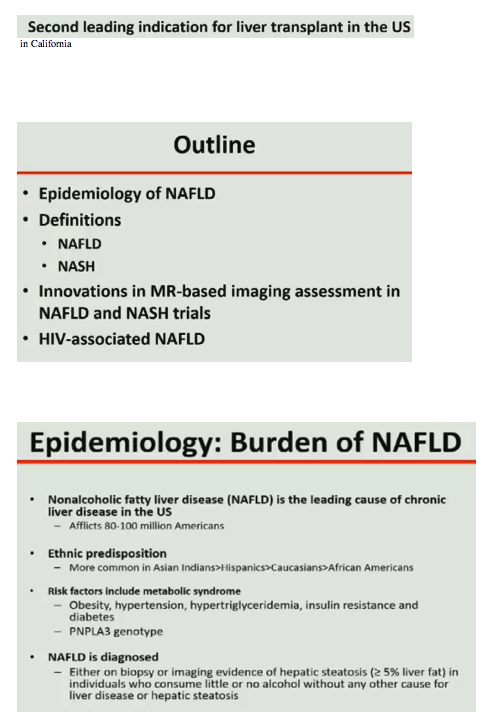
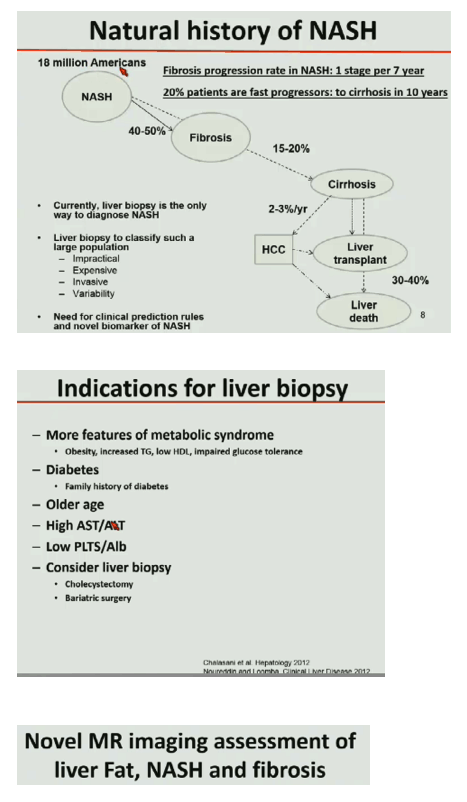
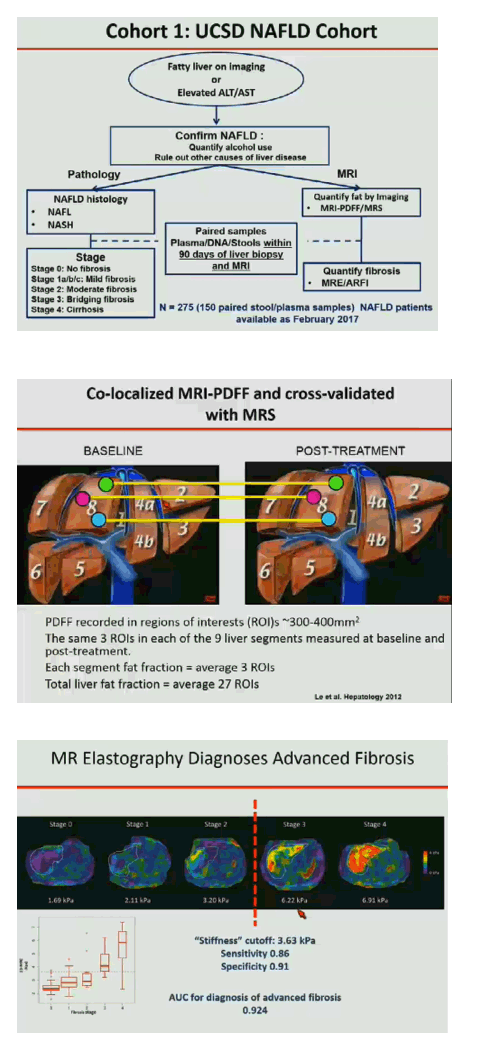

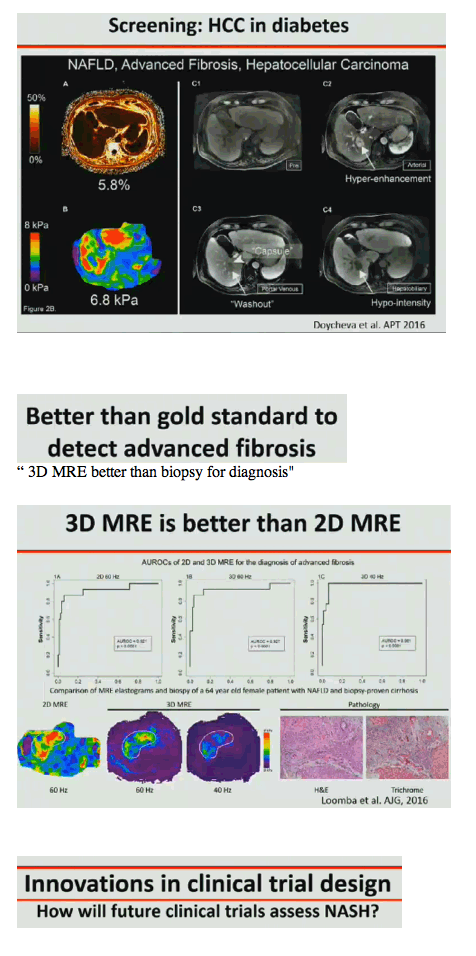

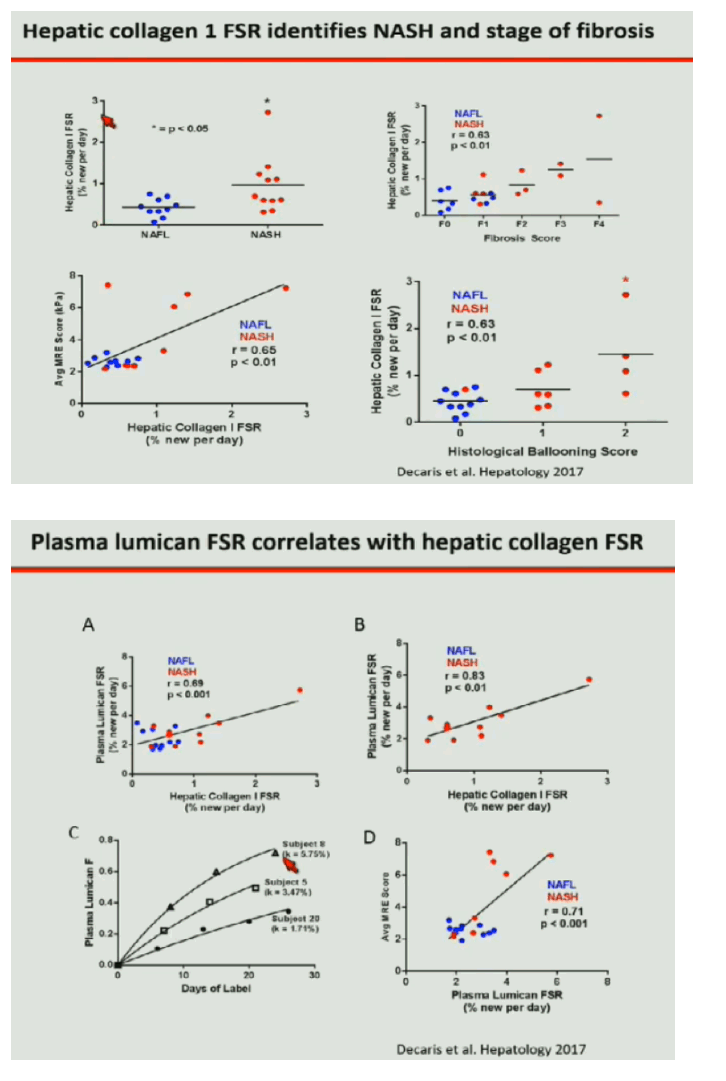
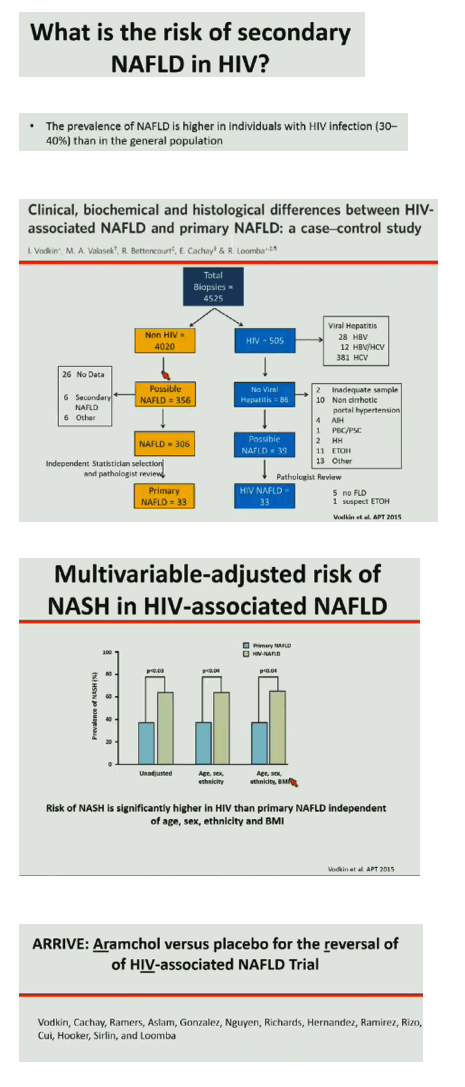
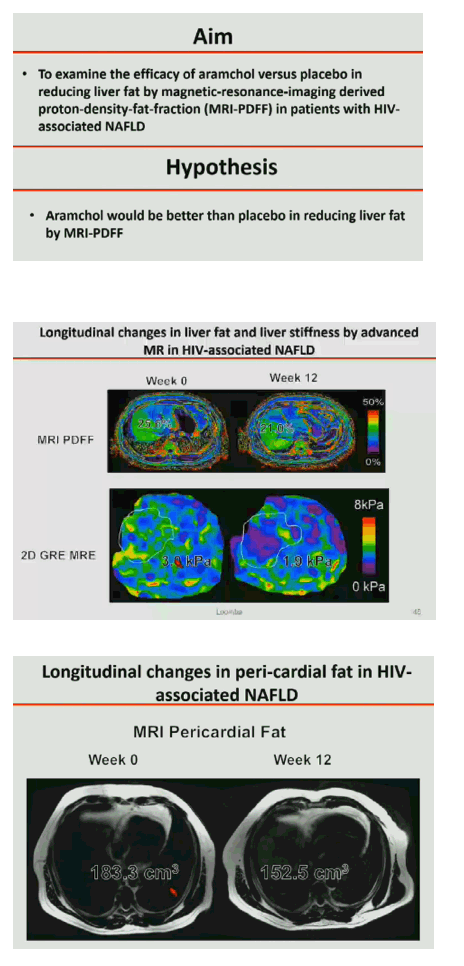
|
| |
|
 |
 |
|
|